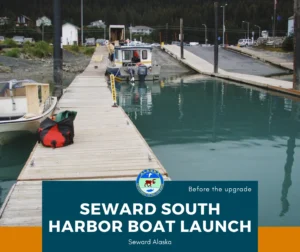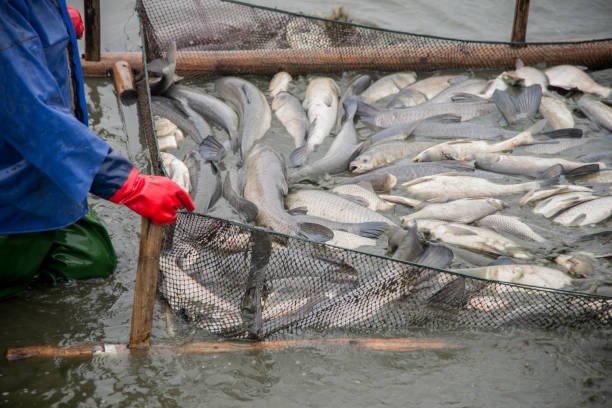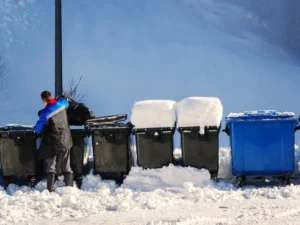A recent report by the Government Accountability Office (GAO) has cast a critical eye on the National Marine Fisheries Service’s (NMFS) and Federal Fisheries management of bycatch and fisheries observers. The report, released in July 2024, highlights shortcomings in both areas, raising concerns about the effectiveness of current practices.
Focusing on five specific fisheries across the country, the GAO investigation revealed a disparity in observer coverage. The lucrative Alaska pollock fishery stands out as an anomaly, with industry funding enabling near-constant observer presence. This contrasts starkly with the less profitable Gulf of Alaska shrimp trawl fishery, which relies solely on limited federal funding, resulting in observers being present on a mere 2% of fishing trips in recent years.
The report pinpoints limited funding and high observer turnover as key issues. It urges NMFS to conduct a comprehensive assessment of resource needs to adequately support observer programs across all five regions it manages. This financial constraint is compounded by the challenge of retaining observers, a profession known for demanding work conditions at sea.
Bycatch management also comes under fire in the report. The GAO criticizes the lack of clear, measurable performance goals within NMFS’ national bycatch reduction strategy. Without these benchmarks, it’s difficult to assess progress or identify areas for improvement. This lack of concrete goals raises questions about the agency’s overall commitment to bycatch reduction.
Despite the critical tone, there’s a glimmer of hope. The National Oceanic and Atmospheric Administration (NOAA), which oversees NMFS, acknowledged the report’s findings in a formal response. They agreed with the GAO’s recommendations and indicated ongoing efforts to address the identified shortcomings.
The report concludes by acknowledging the potential impact of a recent Supreme Court decision on bycatch management. The court’s ruling limits the power of federal agencies like NMFS to interpret laws when facing legal challenges. This decision stemmed from a lawsuit filed by Atlantic herring fishery vessel owners who contested the federal requirement for them to cover observer costs. The long-term implications of this ruling on NMFS’ ability to enforce bycatch reduction measures remain to be seen.
In essence, the GAO report paints a picture of a system in need of improvement. Uneven observer coverage, limited resources, and a lack of clear goals hinder efforts to reduce bycatch. While NOAA’s commitment to addressing these issues offers a positive outlook, the potential impact of the Supreme Court decision adds a layer of uncertainty to the future of bycatch management in the United States.









